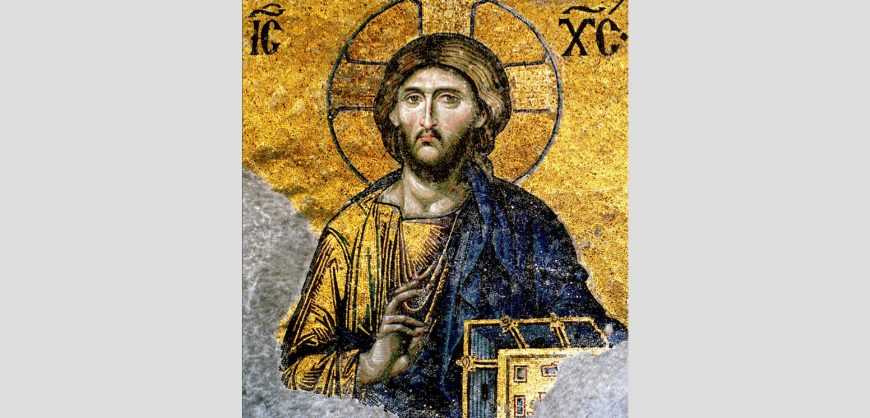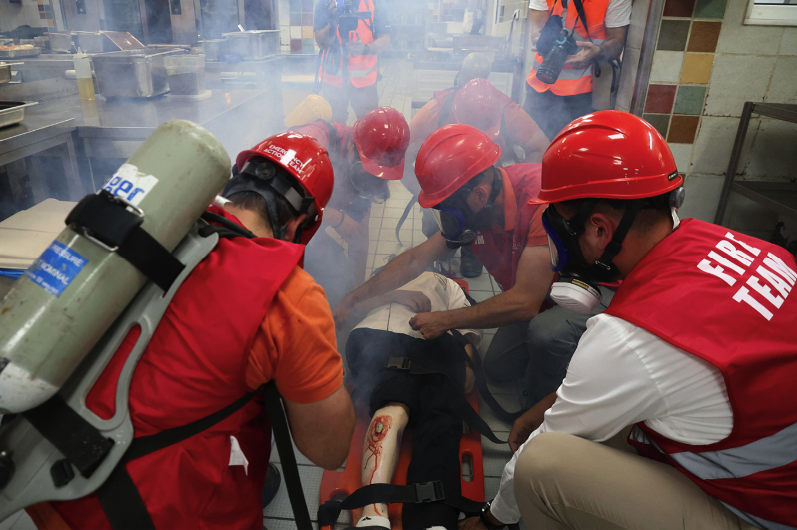Millions of Orthodox and other Christians around the world were either shocked, angered, and/or saddened to learn recently that Turkey has just approved the transformation of the Hagia Sophia museum—which was originally built, and for a millennium functioned, as an Orthodox cathedral—into a mosque.
In a long speech rationalizing this decision, which he personally spearheaded, Turkish president Erdogan said the following:
The conquest of Istanbul [Constantinople] and the conversion of the Hagia Sophia [Greek for “Holy Wisdom”] into a mosque are among the most glorious chapters of Turkish history. On May 29, 1453, [Ottoman] Sultan Muhammad II entered the city after a long siege and headed directly to the Hagia Sophia. As the Byzantines awaited their fate, fearful and curious, inside the Hagia Sophia, Muhammad entered the Hagia Sophia, giving assurances to the people regarding their lives and freedoms… [He then] recited the first adhan [call to prayer]. Thus he registered his conquest. Then, in a corner of the Hagia Sophia, he performed two prostrations out of gratitude. With this move he demonstrated that he had transformed the Hagia Sophia into a mosque…. The domes and walls of this great place of worship have resonated with prayers and takbirs [shouts of “Allahu Akbar”] for 481 years since then [until becoming a museum in 1934].
Such a pious recounting is only slightly less hagiographical than the position of leading Turkish historians, such as Professor Selim Akdogan. Recently on Al Jazeera he insisted that Sultan Muhammad had actually “purchased” the Hagia Sophia from its conquered Christian worshippers.
Are these rosy renderings accurate? Fortunately, we need not rely on Turkic propaganda; we have primary source documents describing exactly what the Turks and Sultan Muhammad did after conquering Constantinople and its Hagia Sophia in 1453. (All quotes in the following narrative were derived from contemporary sources, mostly eyewitnesses, as documented in chapter 7 of Sword and Scimitar.)
by Raymond Ibrahim (Raymond Ibrahim, author of Sword and Scimitar, Crucified Again, and The Al Qaeda Reader, is a scholar of Islam and the Middle East and a Shillman Fellow at the David Horowitz Freedom Center)
read more at frontpagemag.com





































